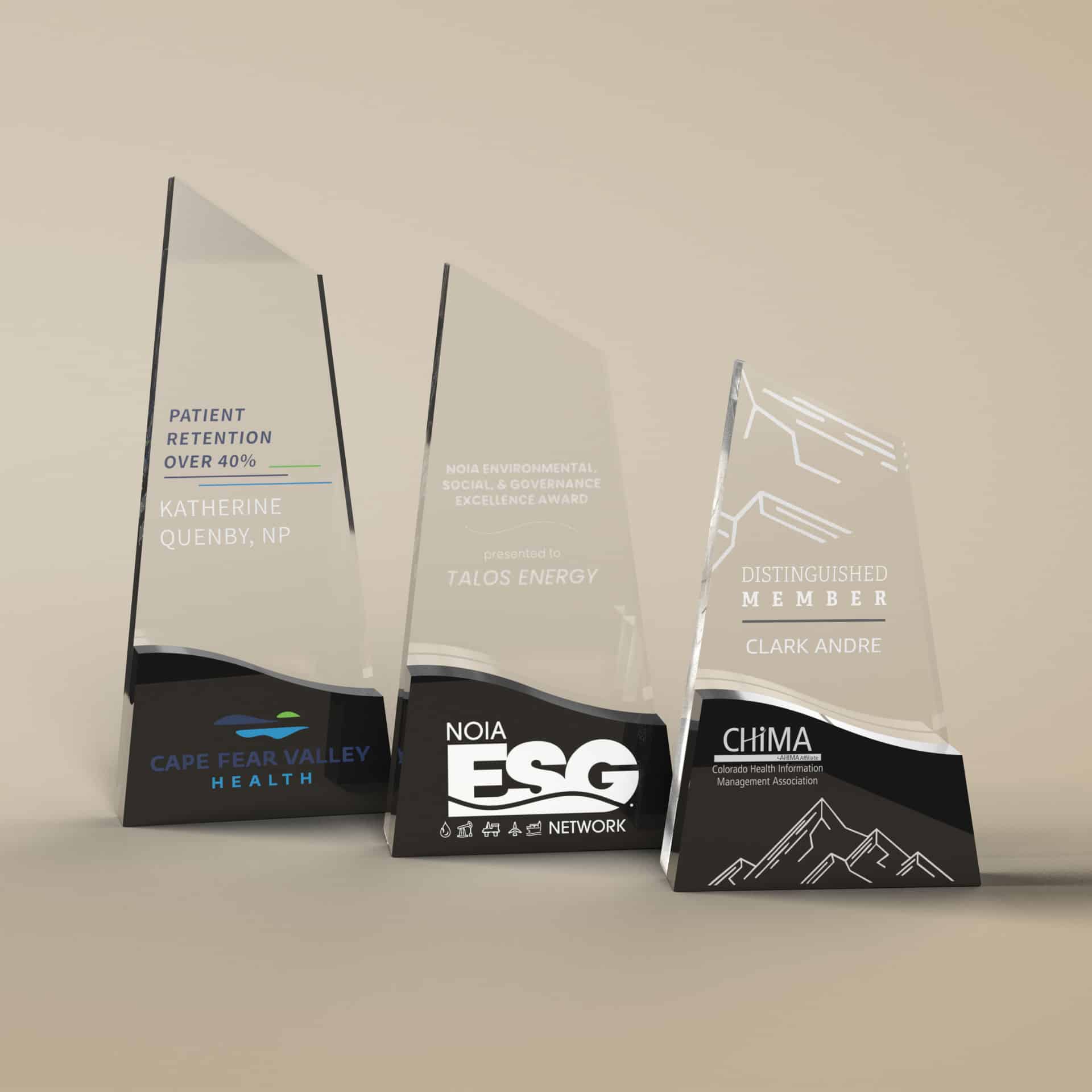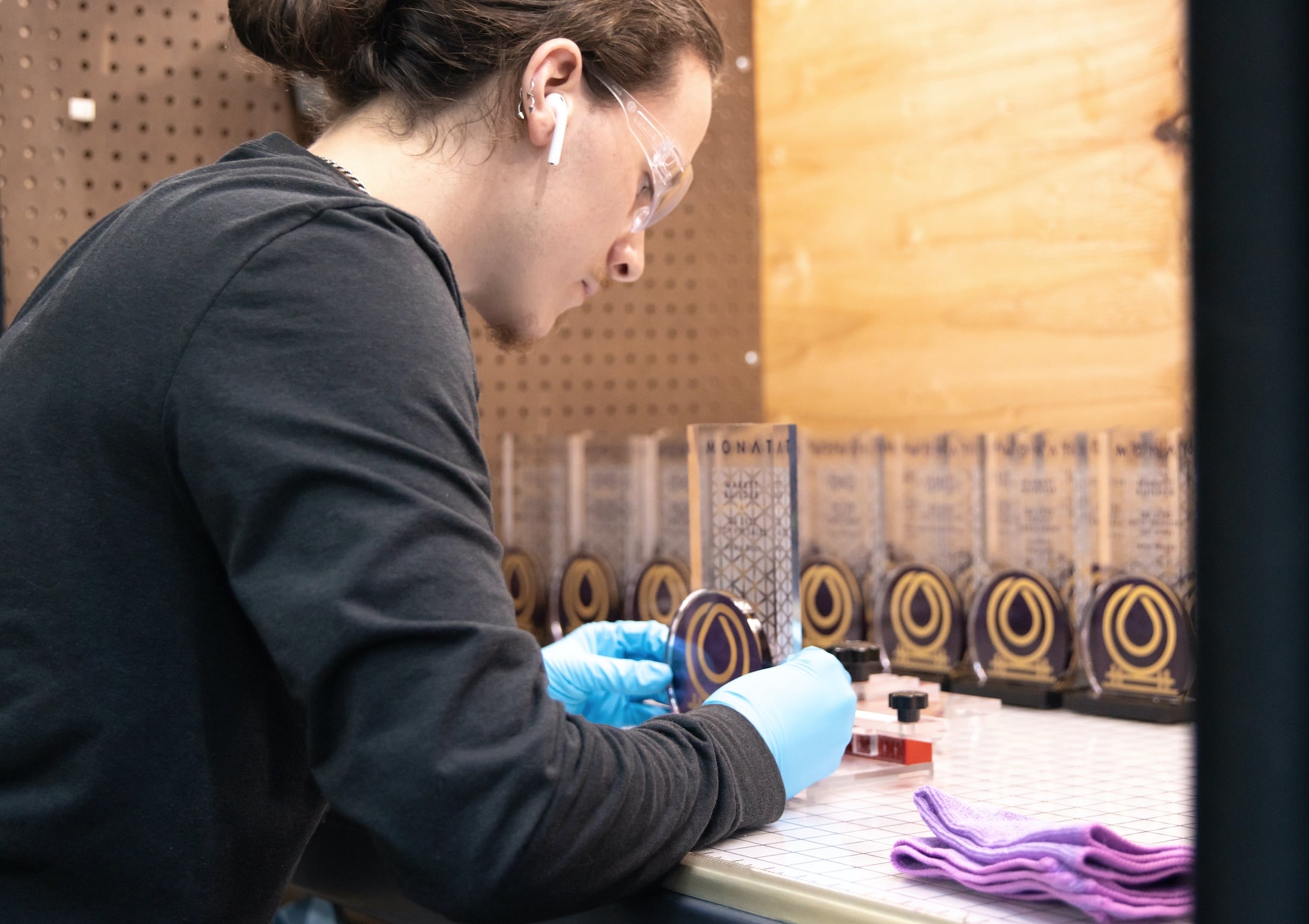The Essence of True Leadership: Developing People Over Directing Them
From our Founder, Nora LaMar:
In today’s fast-paced world, leadership has transformed. Traditional views, focused on directing and authority, are becoming obsolete. Modern leadership is about developing people and empowering them to be their best. This shift is not just a trend but a fundamental change in how we perceive and practice leadership.
Leadership as a Journey of Development
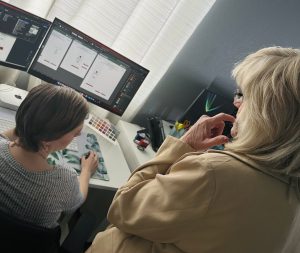
As the founder of Glassical Designs, I’ve learned that leadership is less about telling people what to do and more about guiding their growth. By focusing on developing our team, I invest in their future potential, fostering a culture of learning, innovation, and collaboration.
In this development-focused model, I see myself as a mentor, coach, and facilitator. Instead of micromanaging, I encourage team members to take initiative, make decisions, and learn from their experiences. This empowers them to contribute ideas and take ownership of projects. Who wants to micromanage, anyway? It’s much more rewarding to see people thrive in their element.
Empowering Individuals to Walk in Their Talents
A key way I develop our people is by helping them recognize and utilize their unique talents. Everyone has strengths that, when nurtured, lead to exceptional performance and fulfillment. My role is to identify these talents, provide opportunities for growth, and encourage skill development.



This not only enhances their skills but also boosts their confidence and motivation. When people feel valued, they are more likely to take ownership of their work and strive for excellence. Encouraging team members to leverage their talents leads to greater innovation and creativity, fostering a diverse and dynamic environment. It’s much more exciting to see what people can achieve when they’re in their element.
Walking Alongside and Encouraging Growth
Effective leadership is about walking alongside our team, being present, approachable, and supportive. It involves listening to their concerns, giving constructive feedback, and celebrating their successes. Encouragement is a powerful tool in a leader’s arsenal. By affirming and recognizing their efforts, I create a motivating environment. This support helps individuals explore new possibilities, knowing they have a safety net.
Walking alongside our team also means sharing in their challenges. An involved and empathetic leader provides valuable insights during tough times, building trust and loyalty. It’s like being a Sherpa guiding them through obstacles, celebrating at the summit.
Cultivating Future Leaders
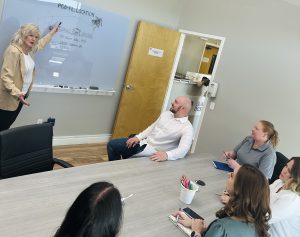
Developing people means cultivating future leaders. As they grow under my guidance, they start showing leadership qualities, becoming proactive, taking initiative, and inspiring others. This ripple effect ensures our organization benefits from a culture of empowerment and excellence. It creates a pipeline of capable leaders who drive innovation and lead with empathy and integrity.
Cultivating future leaders also means providing growth opportunities, such as training, mentorship, and career progression. Investing in our team’s development shows commitment to their success. Plus, who wouldn’t enjoy having a team of top performers?
The Long-Term Impact of Development-Focused Leadership
A development-focused approach boosts employee engagement, reduces turnover, and enhances success. When personal and professional growth is prioritized, people are more committed to the organization’s goals. This approach also aligns with the shift towards humane, inclusive work environments, promoting belonging and purpose, crucial for well-being and sustainability.
Building a Culture of Trust and Accountability
Trust and accountability are key in development-focused leadership. Trust empowers team members to make decisions and take responsibility, fostering open communication. Accountability, framed positively as a learning opportunity, encourages growth. I model this by being transparent about my successes and failures, showing that everyone is part of a continuous learning process.
Recognizing Achievements with Physical Awards
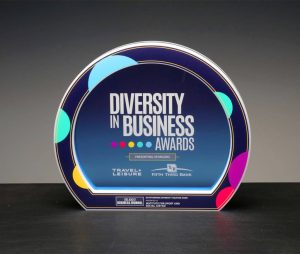


Physical awards are a powerful way to support team development. They’re not just tokens but motivators that acknowledge hard work and inspire excellence. Presenting an award validates their efforts, boosts morale, and motivates others. Plus, who doesn’t love a shiny trophy or plaque? These awards remind individuals of their capabilities and successes, inspiring them to aim higher.
When I present a team member with an award, it does more than recognize their accomplishment—it validates their efforts and reinforces their value to the team. This recognition boosts morale and motivates others to strive for similar achievements. It’s like a badge of honor, saying, “I did it, and I’m proud!” Physical awards serve as lasting reminders of an individual’s capabilities and successes, inspiring daily motivation and a visual reminder of what’s possible with hard work and dedication. Receiving an award is often a pivotal moment, marking growth and motivating them to aim even higher.
Practical Steps for Developing People
- Personalized Development Plans: Create plans outlining career goals, strengths, areas for improvement, and actionable steps. Regularly review and update these plans.
- Mentorship and Coaching: Establish a mentorship program with experienced leaders guiding less experienced team members. Coaching addresses specific challenges and skill development.
- Training and Education: Invest in workshops, seminars, online courses, or advanced degree programs. Continuous learning keeps team members current and enhances skills.
- Feedback and Recognition: Implement a robust feedback system with regular reviews and check-ins. Constructive feedback helps individuals understand their strengths and areas for improvement. Recognition programs boost morale and motivation, with physical awards playing a big part.
- Empowerment through Delegation: Delegate tasks aligning with team members’ strengths and aspirations, fostering growth and confidence. Provide opportunities for new responsibilities and leadership.
- Creating a Supportive Environment: Foster a culture supporting work-life balance, mental health, and well-being, helping individuals thrive both personally and professionally.
Conclusion
Modern leadership is about developing people, helping them become their best, walking in their talents, and supporting their growth. By empowering others, we create a dynamic, innovative organization. True leadership lies in nurturing potential, fostering a new generation of leaders who will uphold excellence and inspiration.
This development-focused approach enhances team capabilities and builds a more inclusive, engaging culture. As we navigate the modern workplace, inspiring and nurturing growth is essential. Prioritizing development builds stronger, resilient organizations ready for future challenges.
Let’s celebrate each other’s successes and embark on this journey of growth together. It’s much more rewarding to climb the mountain side by side, with our physical awards as a testament to our dedication and the bright future we’re building together.
Related Posts
In-House Production & Complete Creative Control Every piece at Glassical Designs is produced entirely in-house—from concept and design to final polishing and delivery—giving you complete
- Jess
- Read Time: 5-6 min.
Over the last four decades, I’ve watched the recognition industry evolve in remarkable ways. One of the most fascinating transformations has been the rise of
- Nora LaMar
- Read Time: 5 min.
